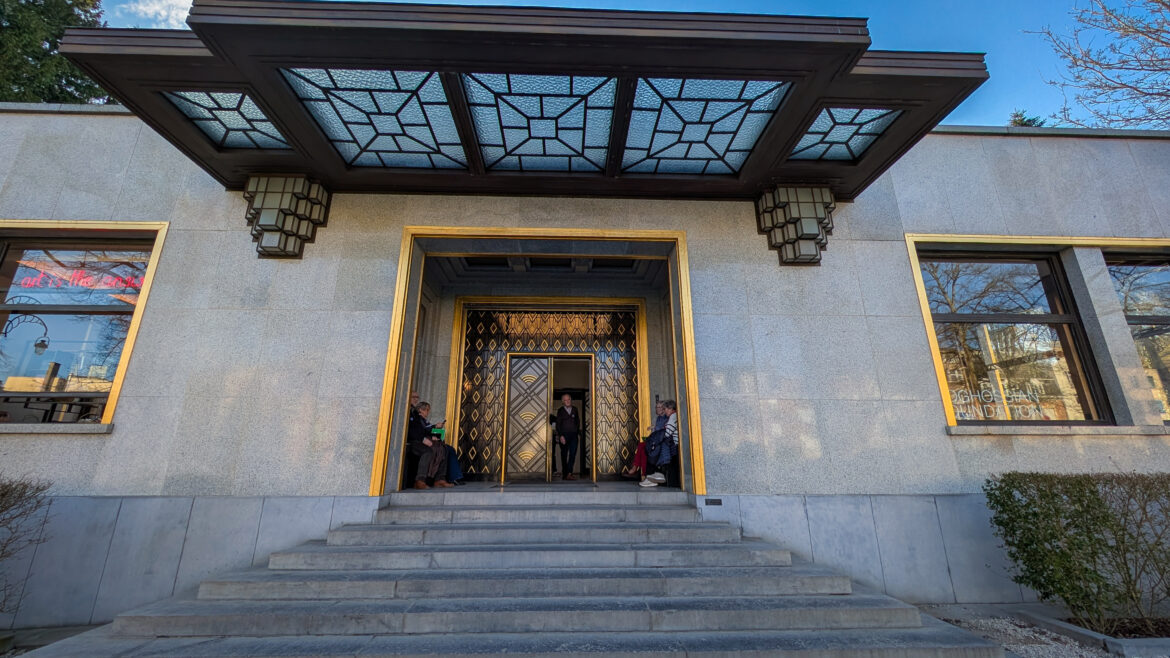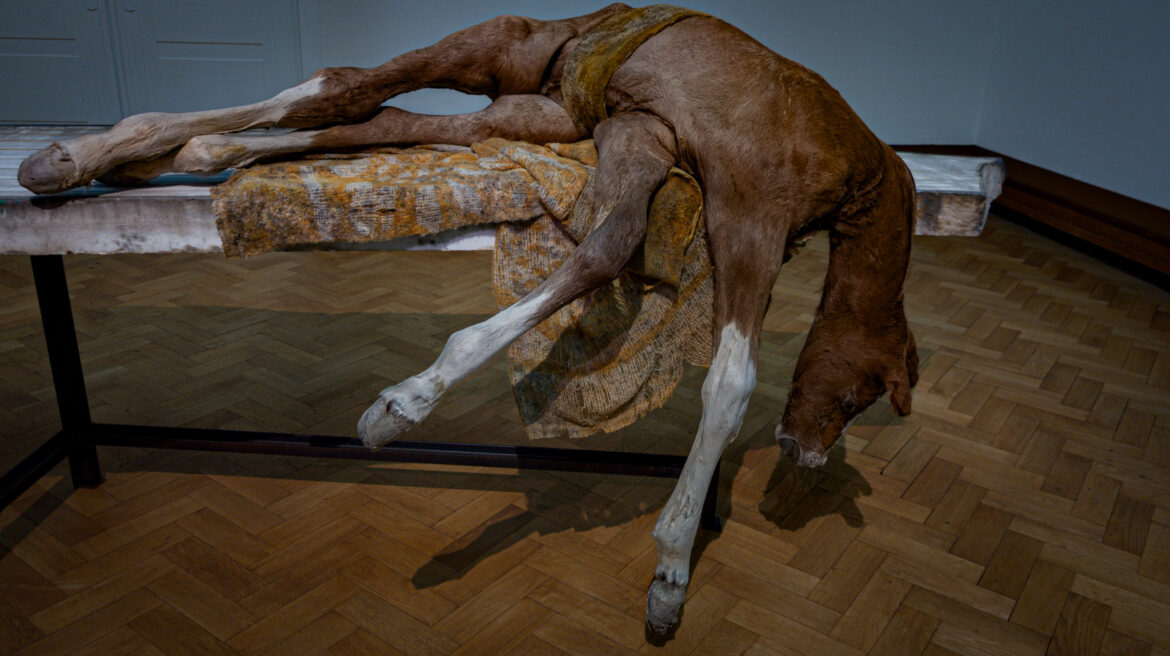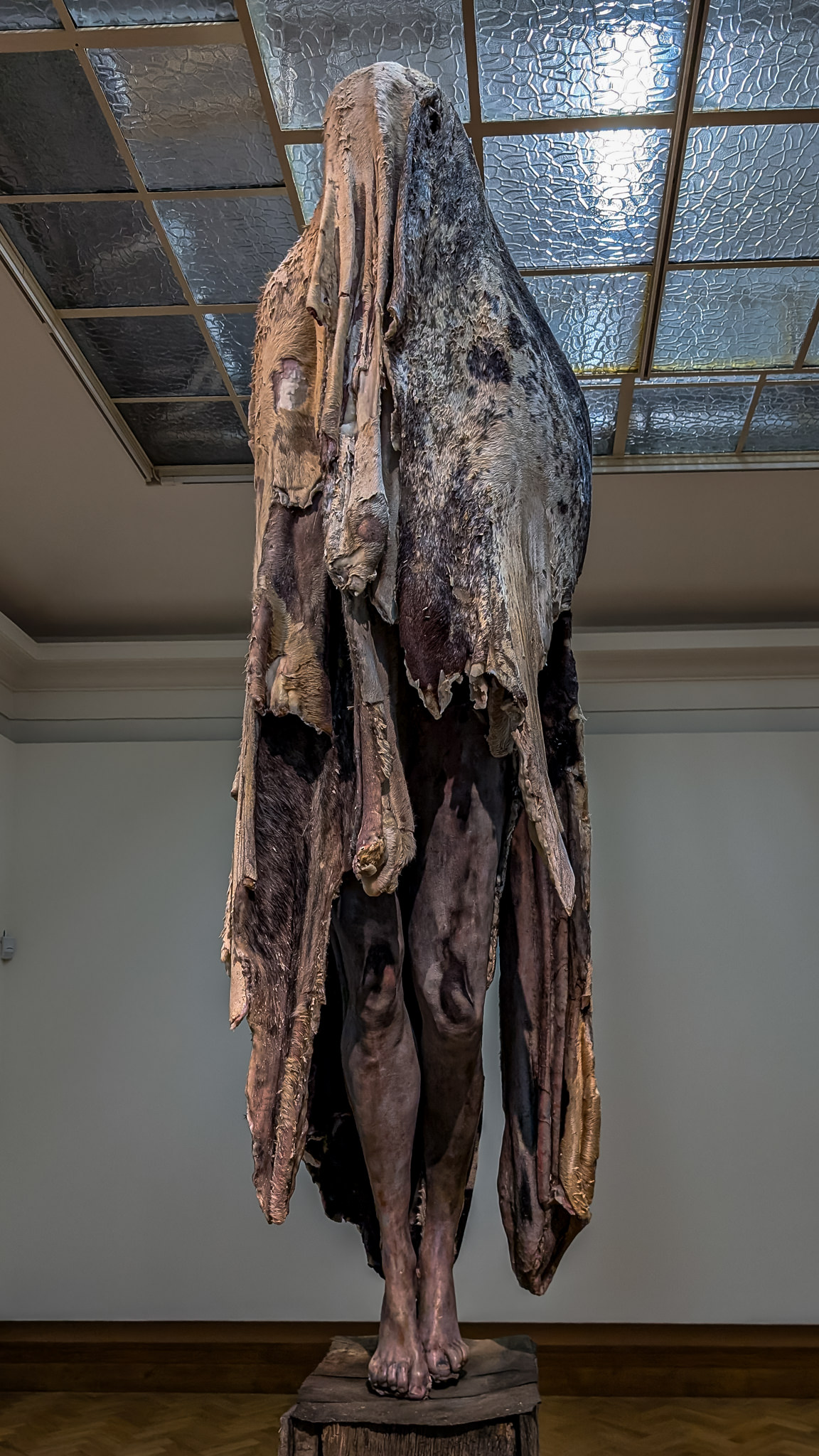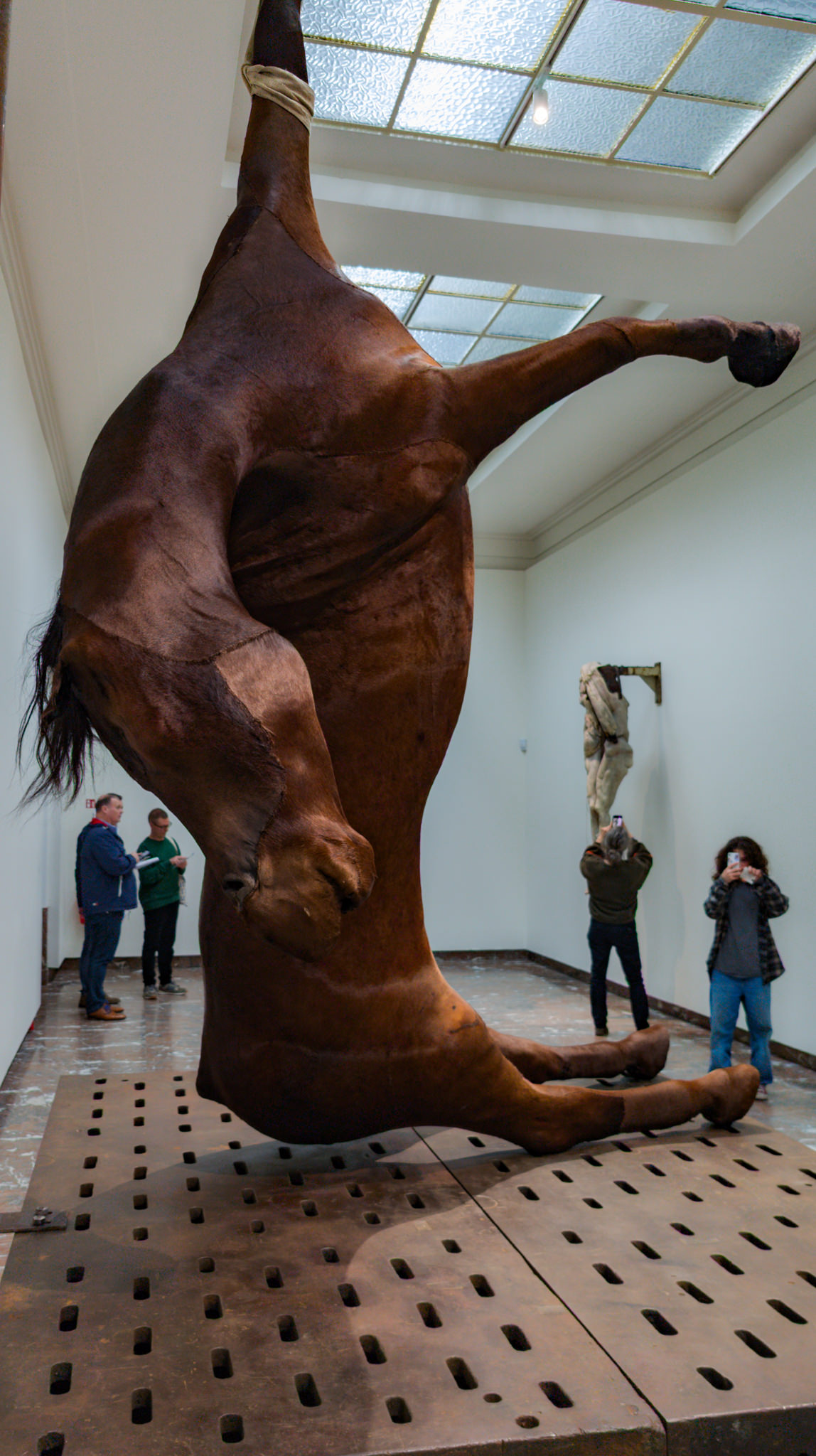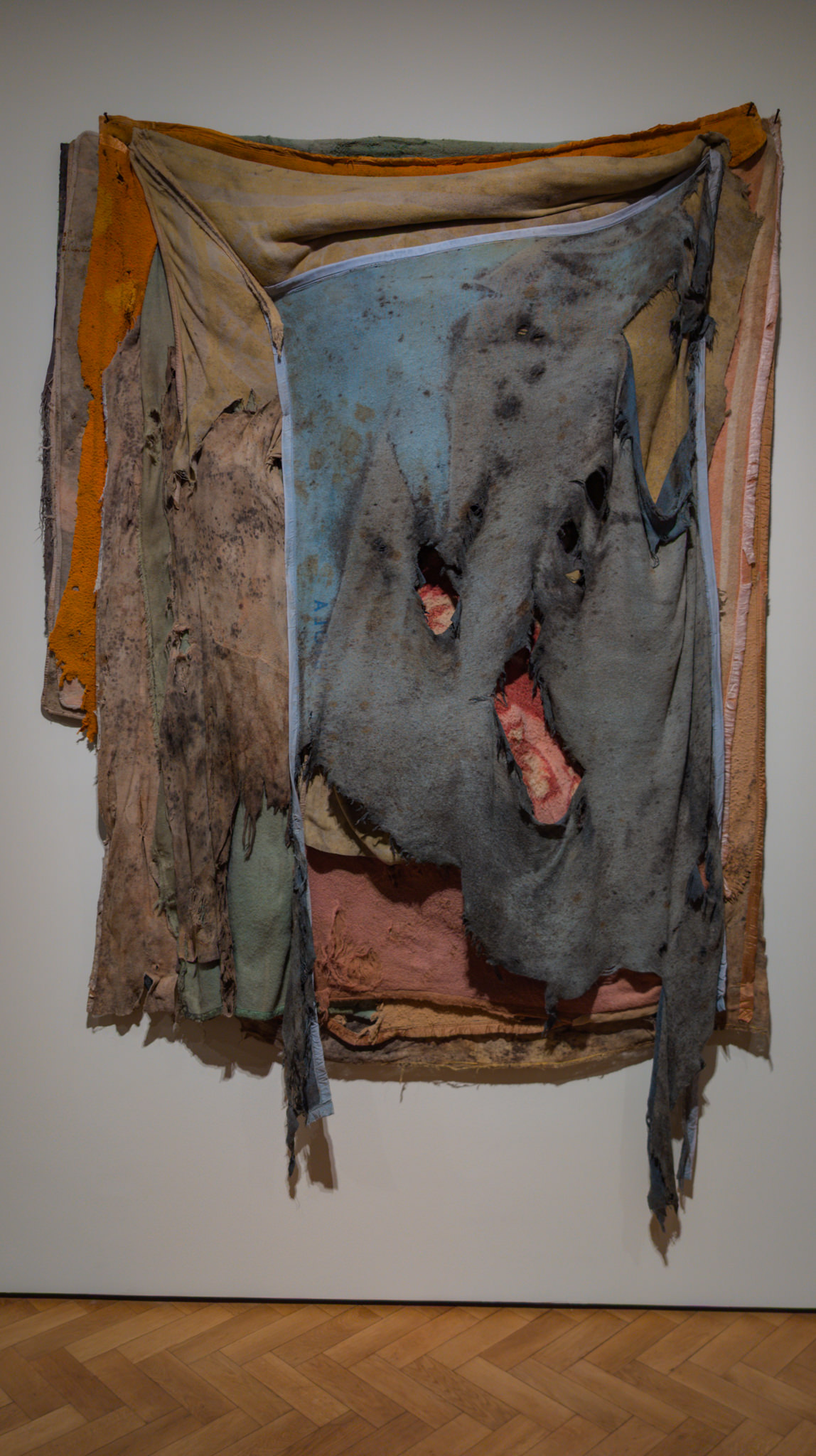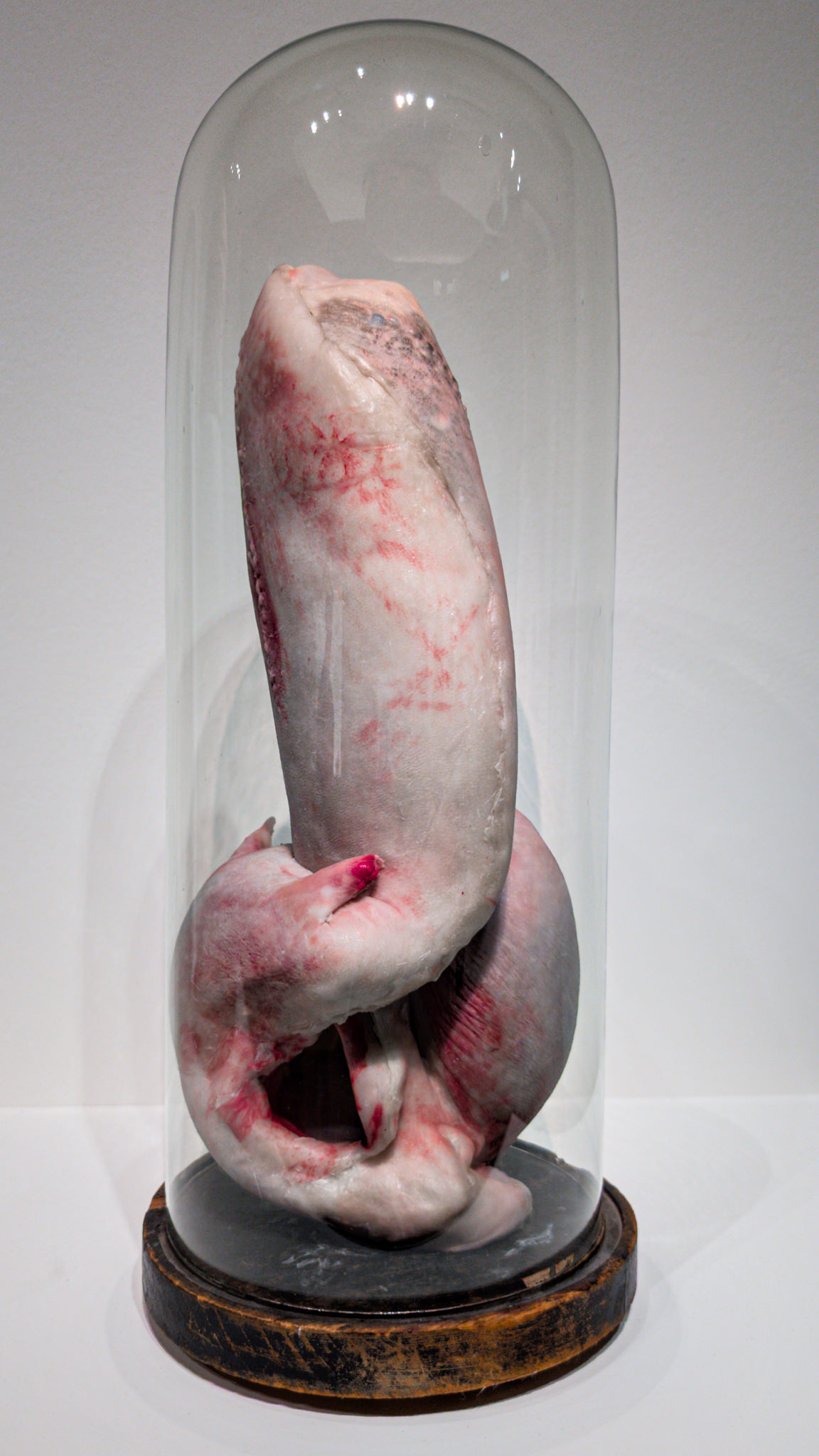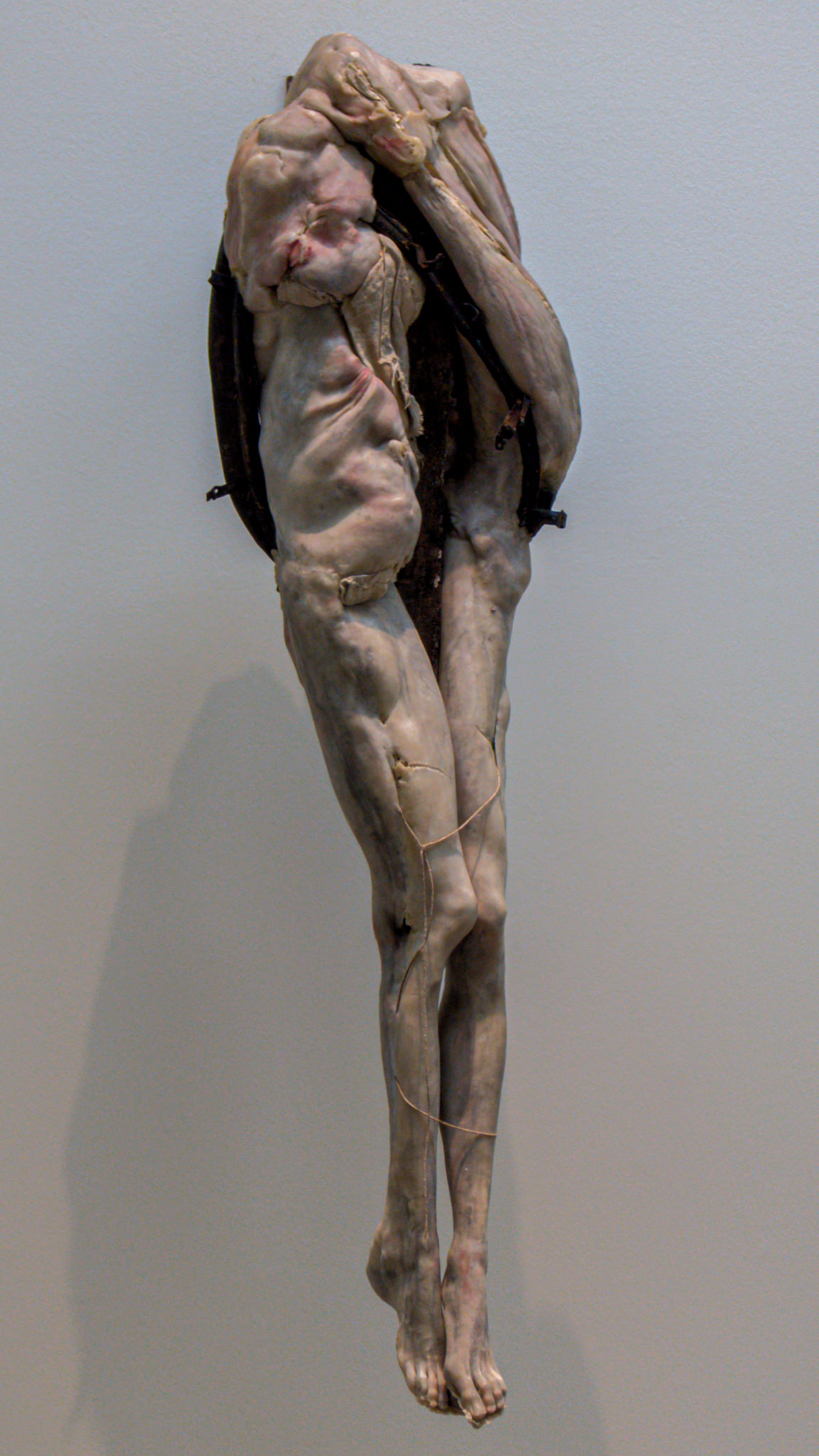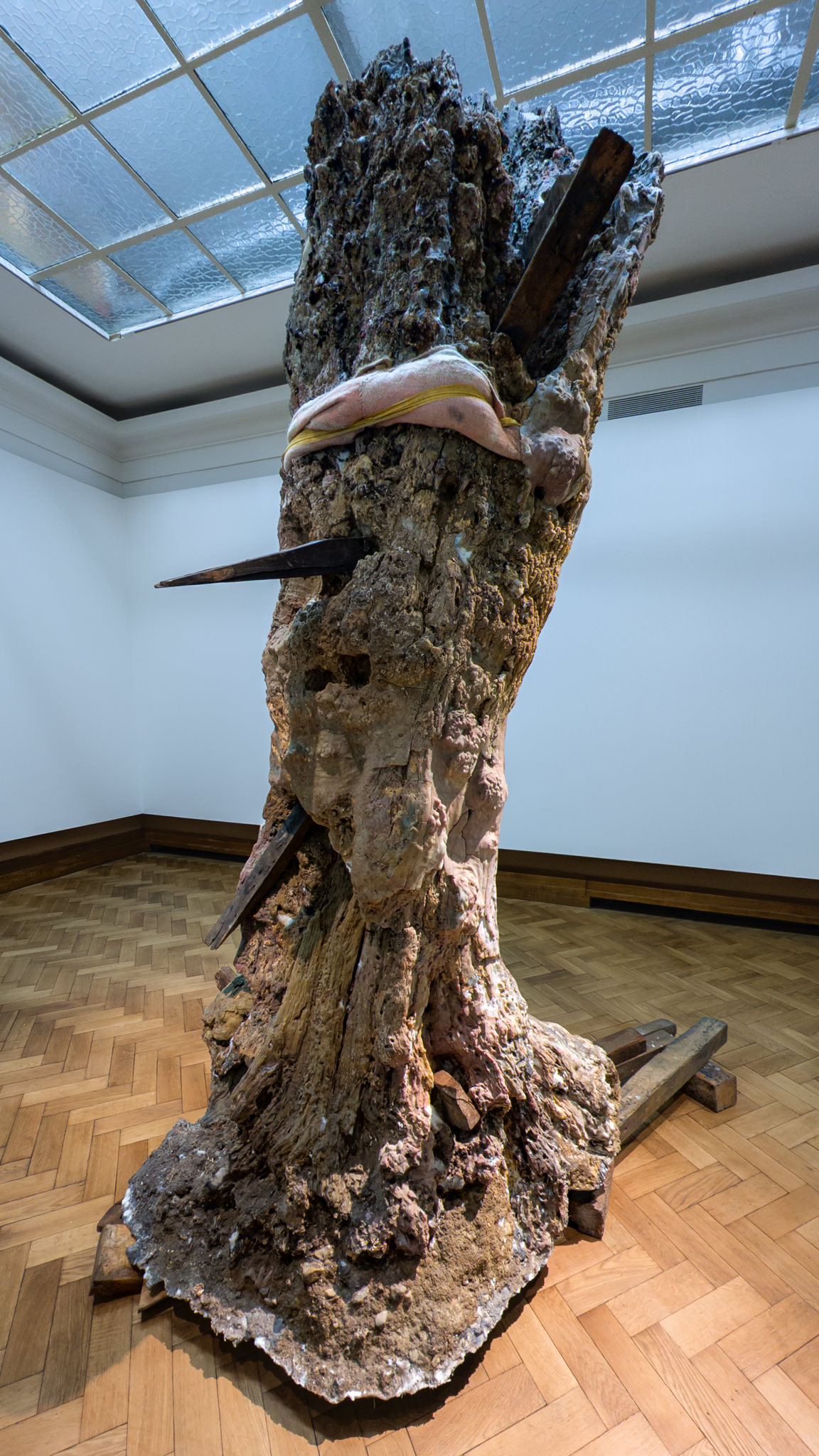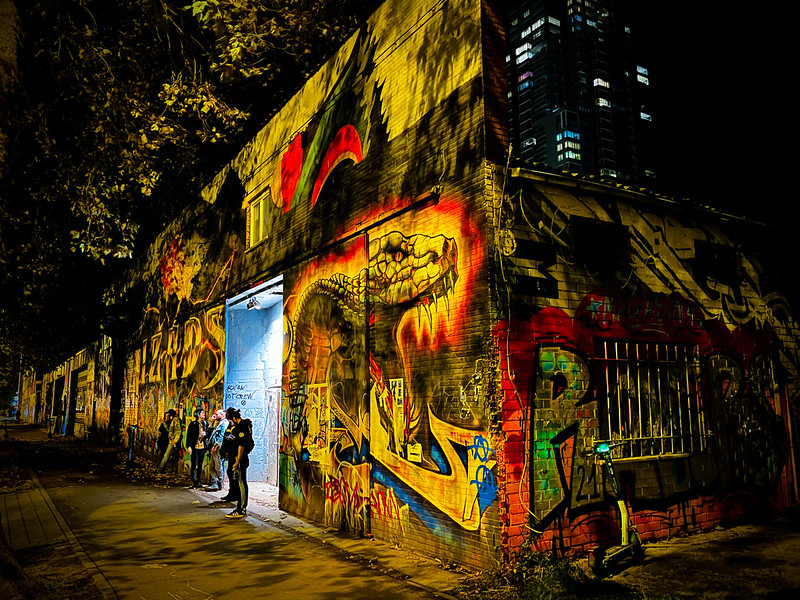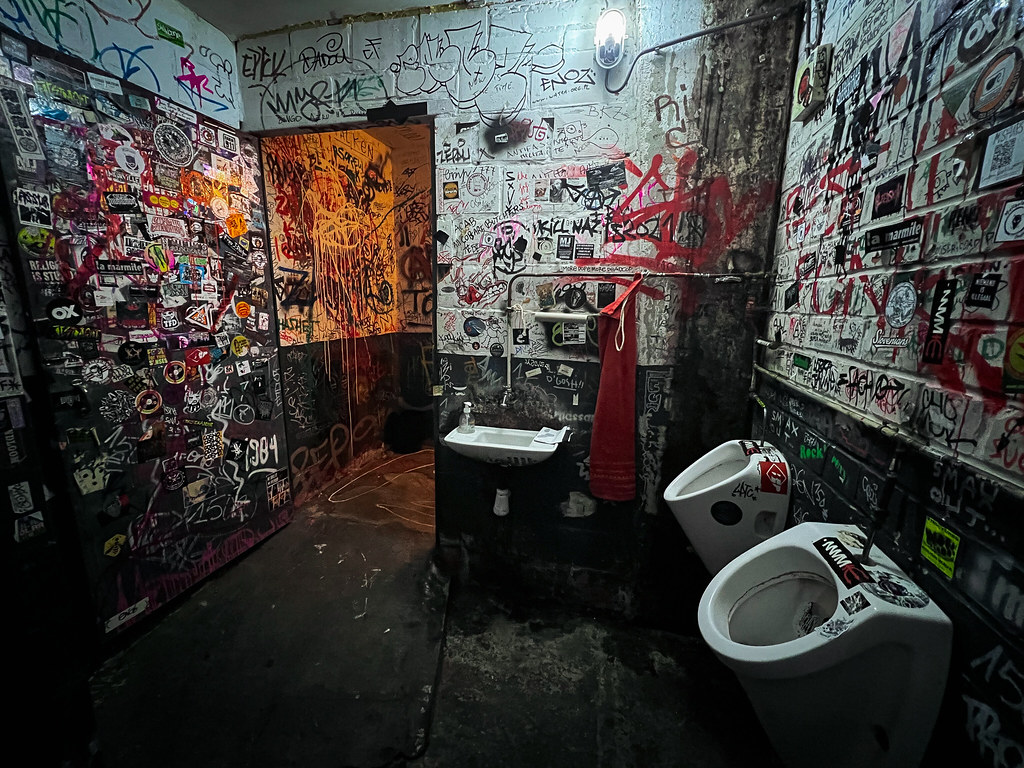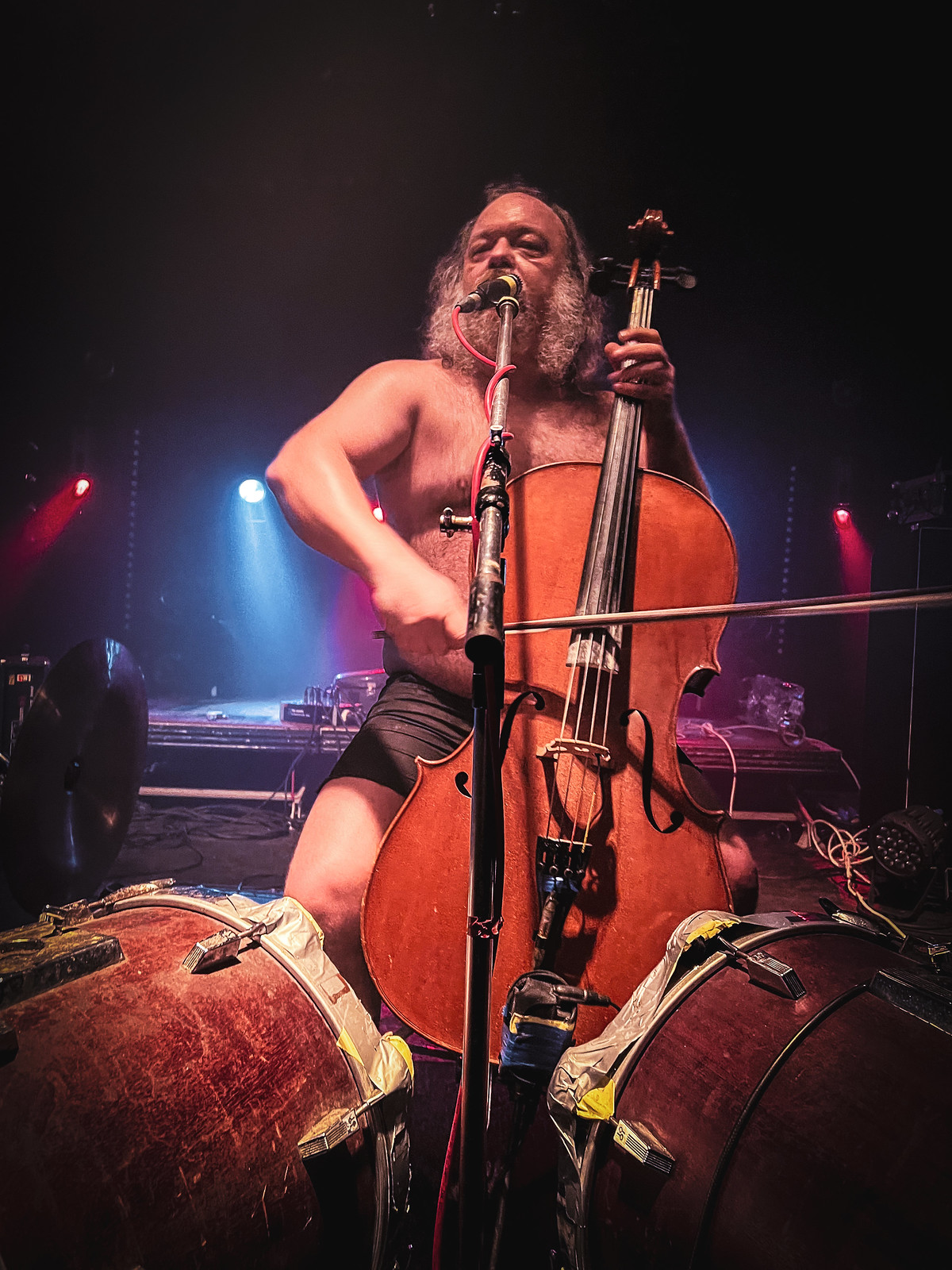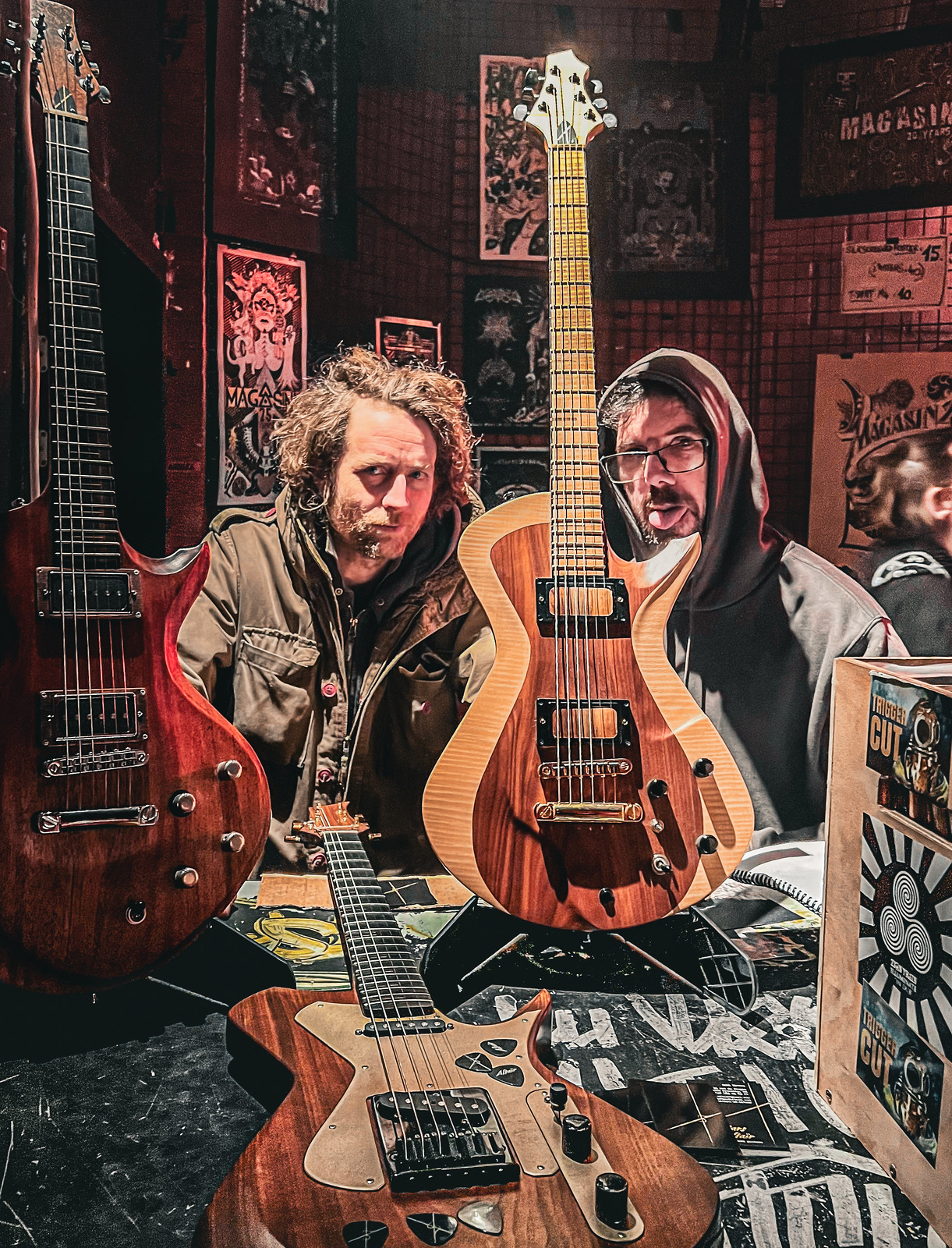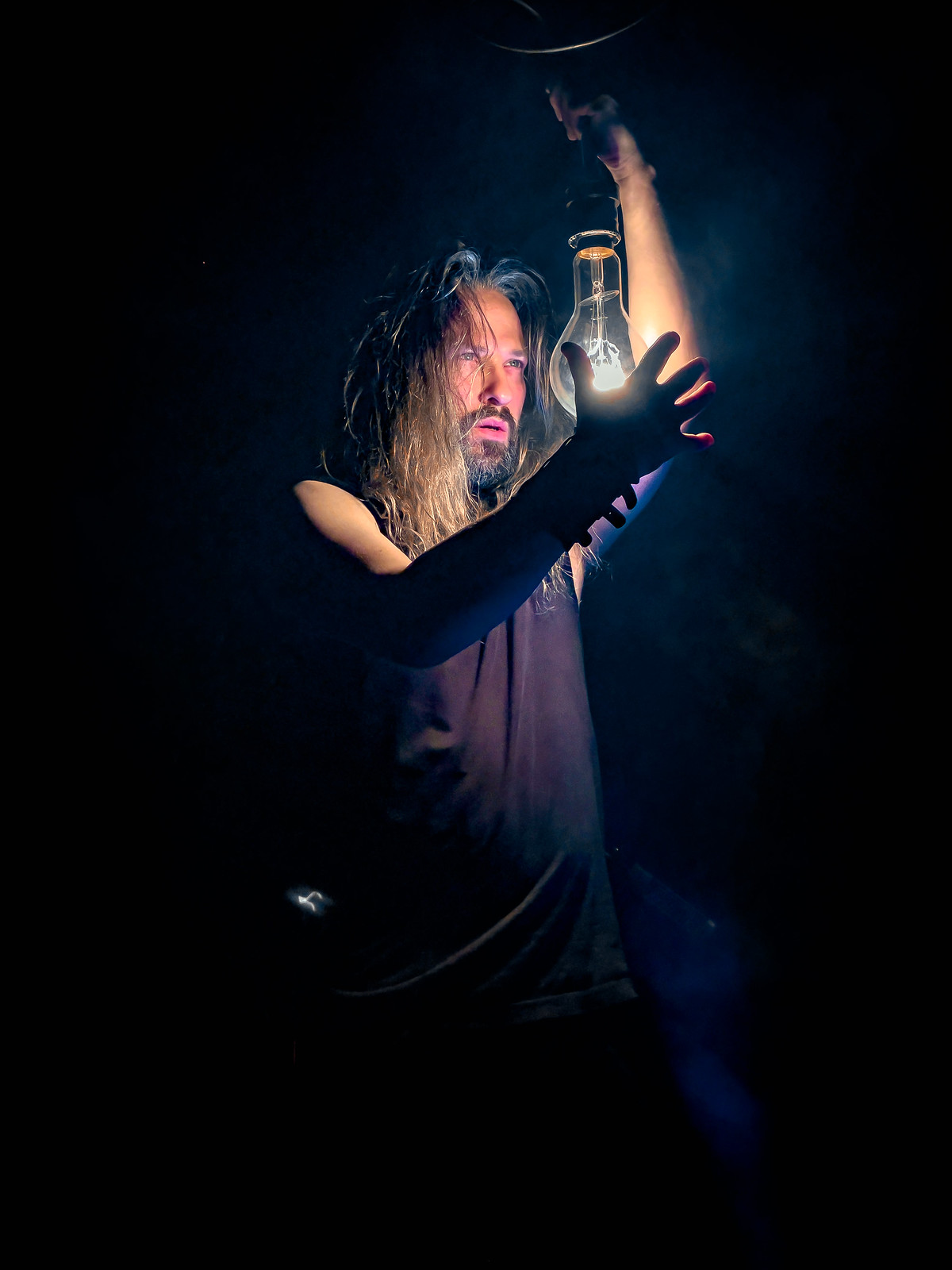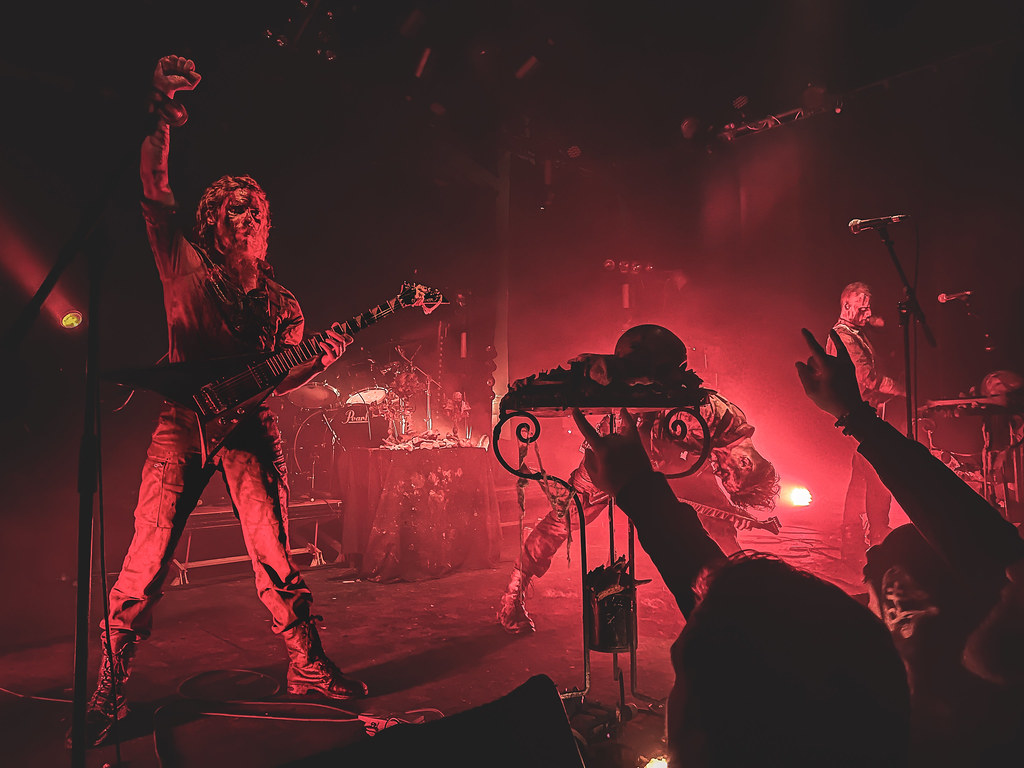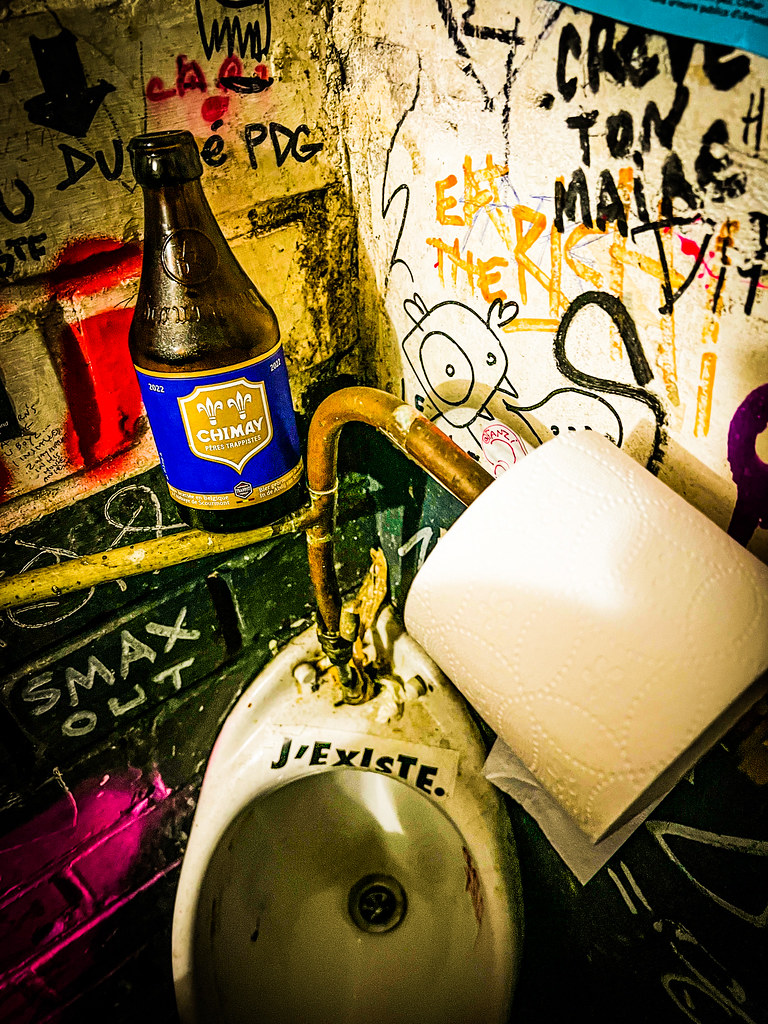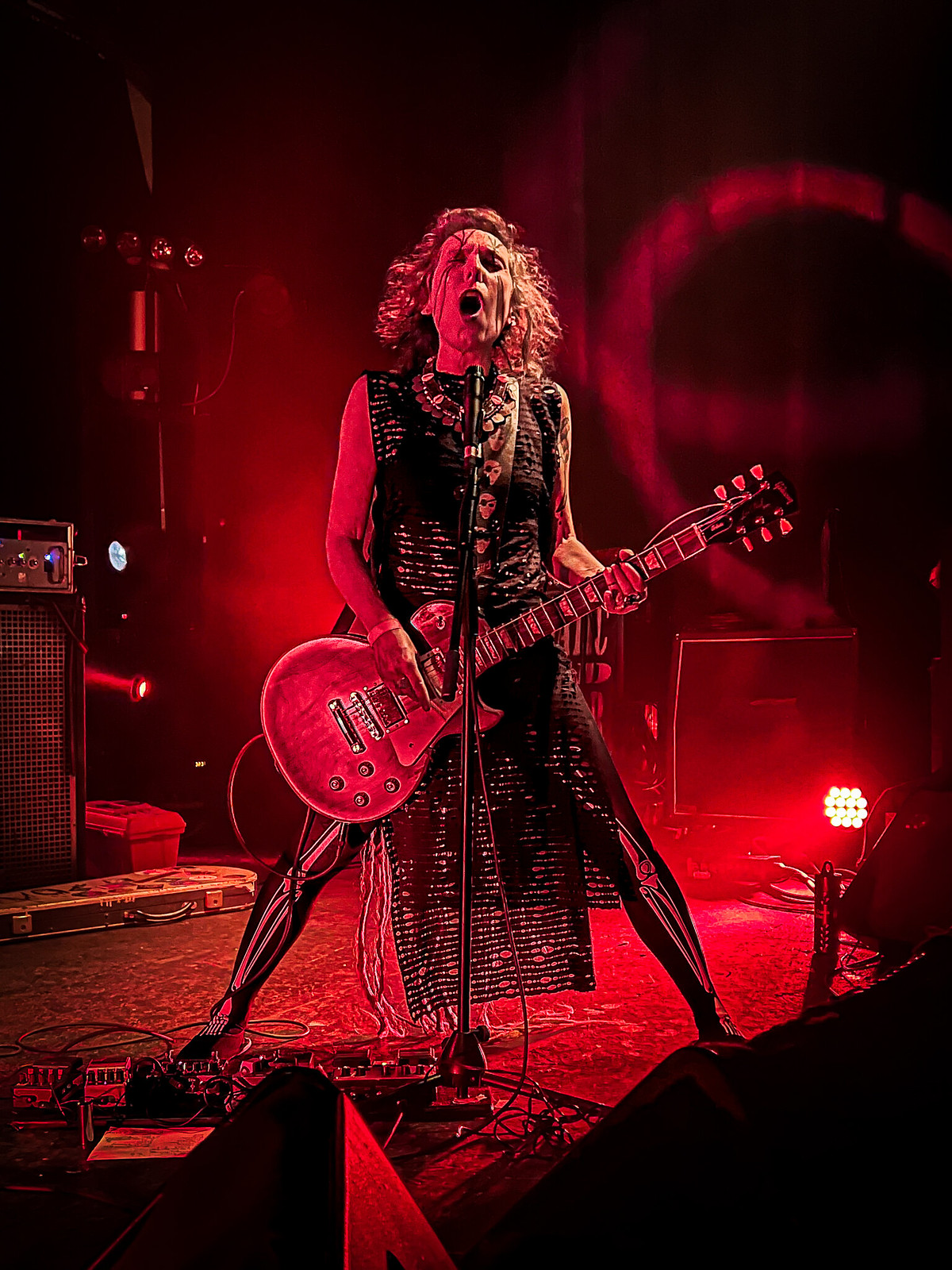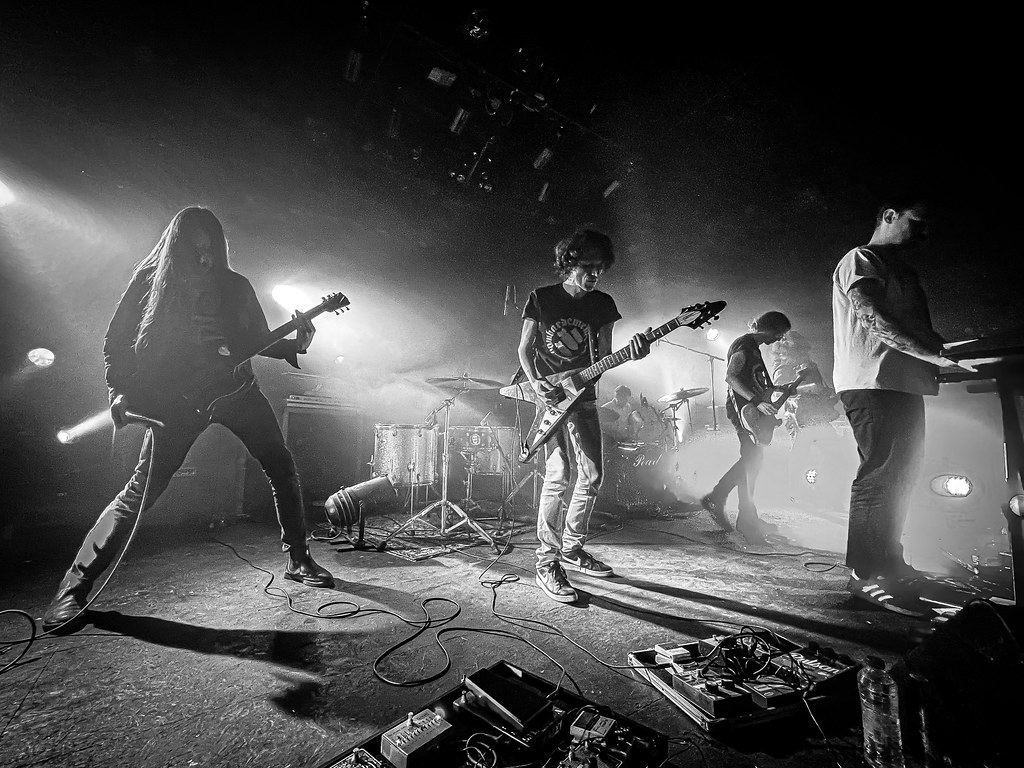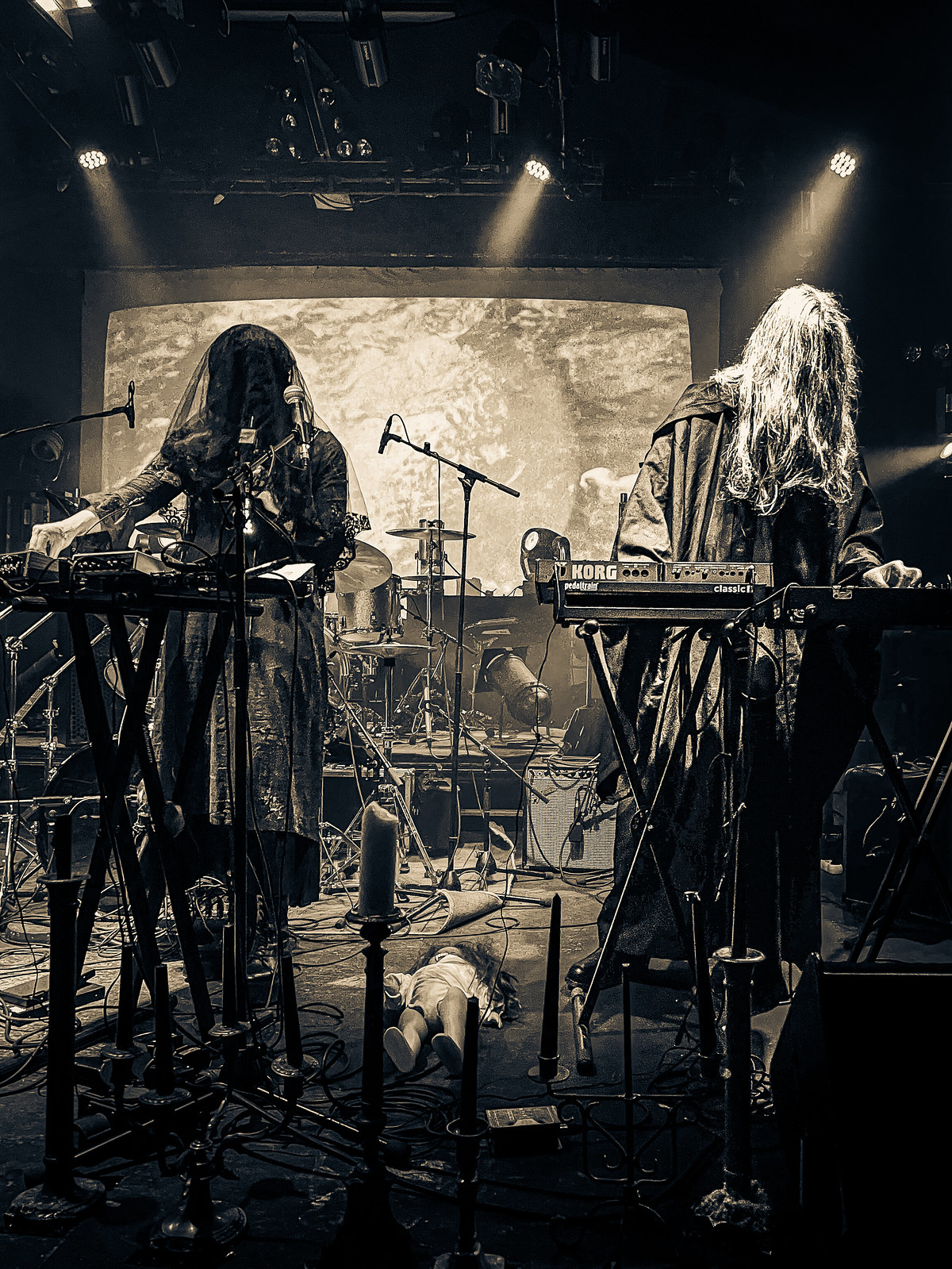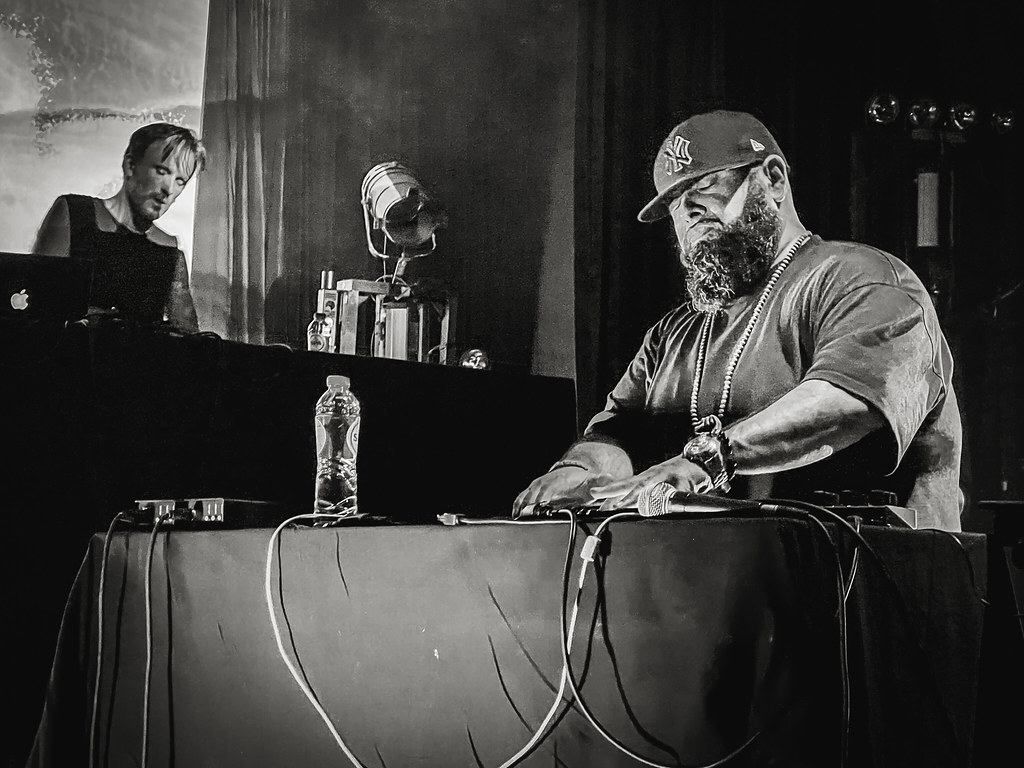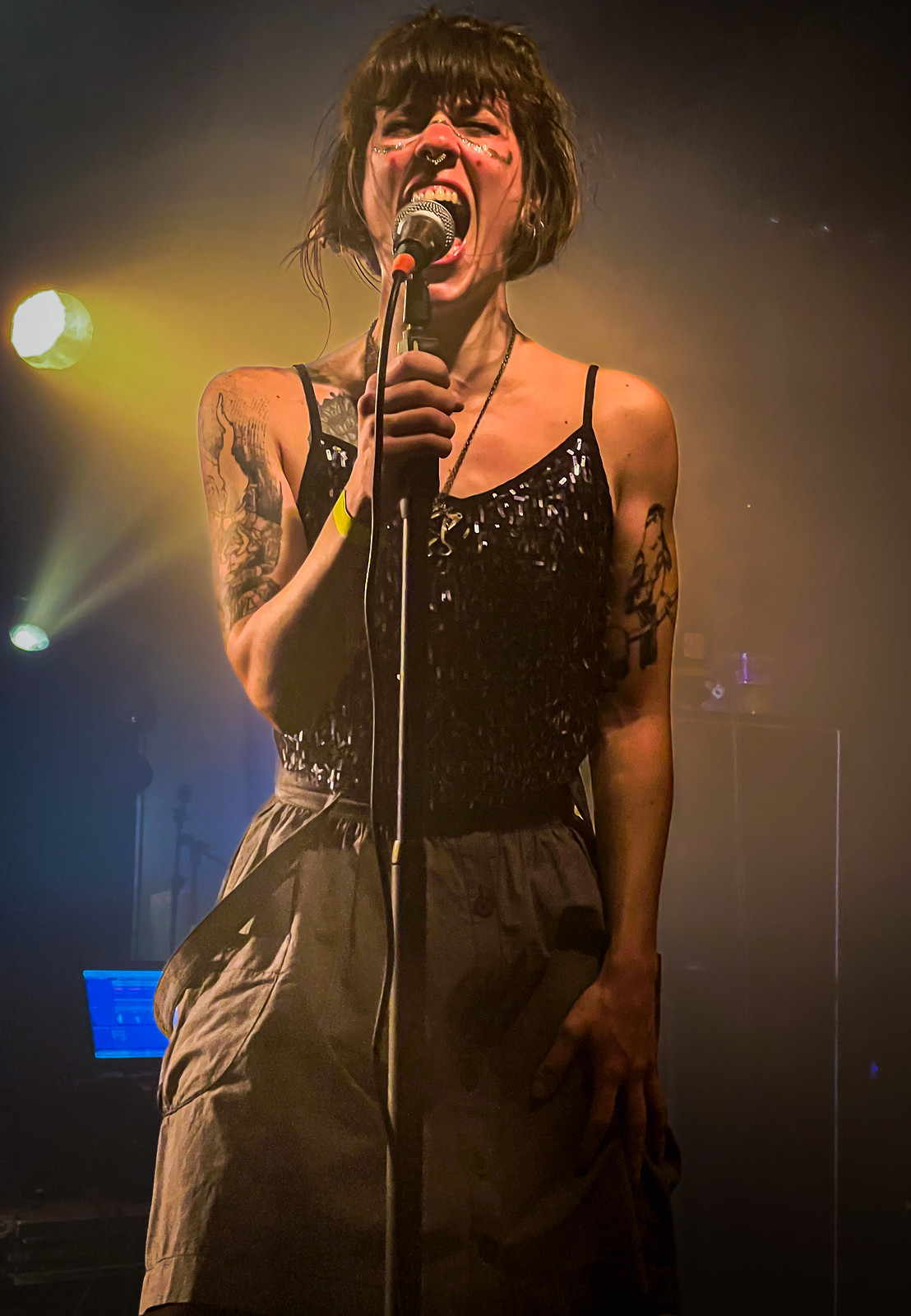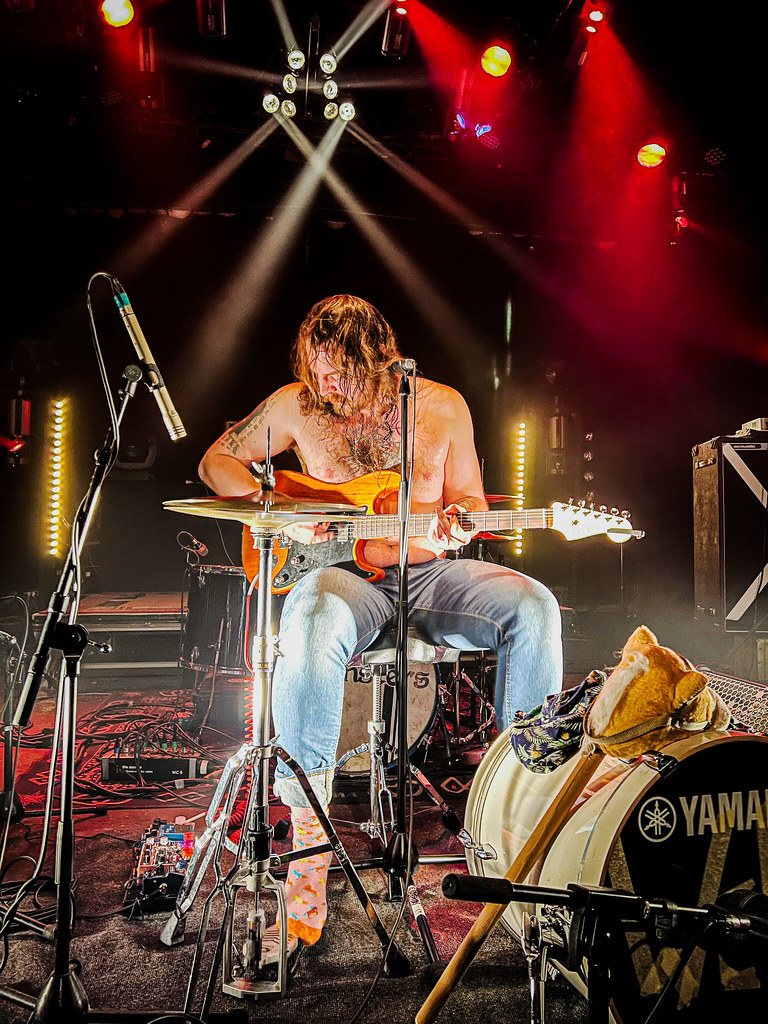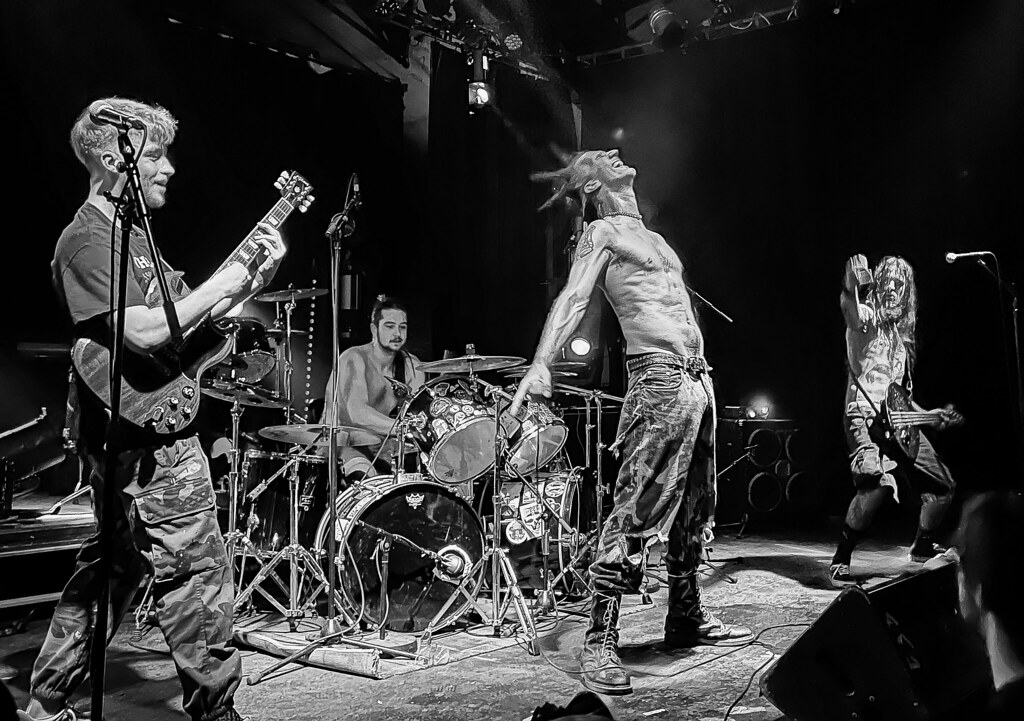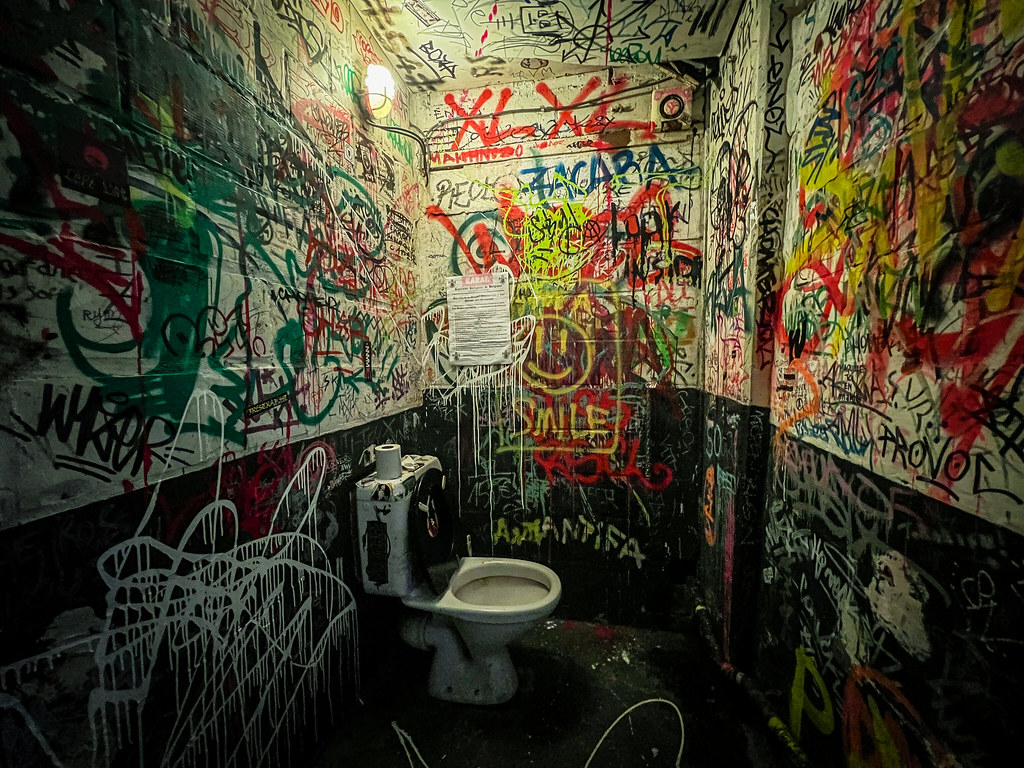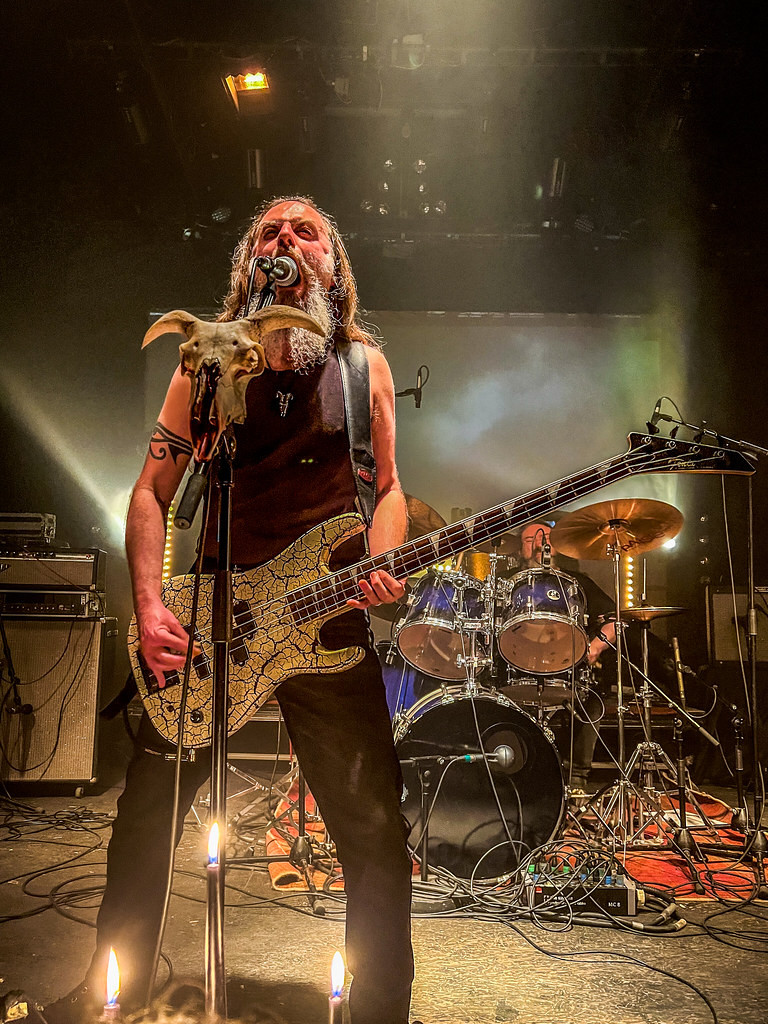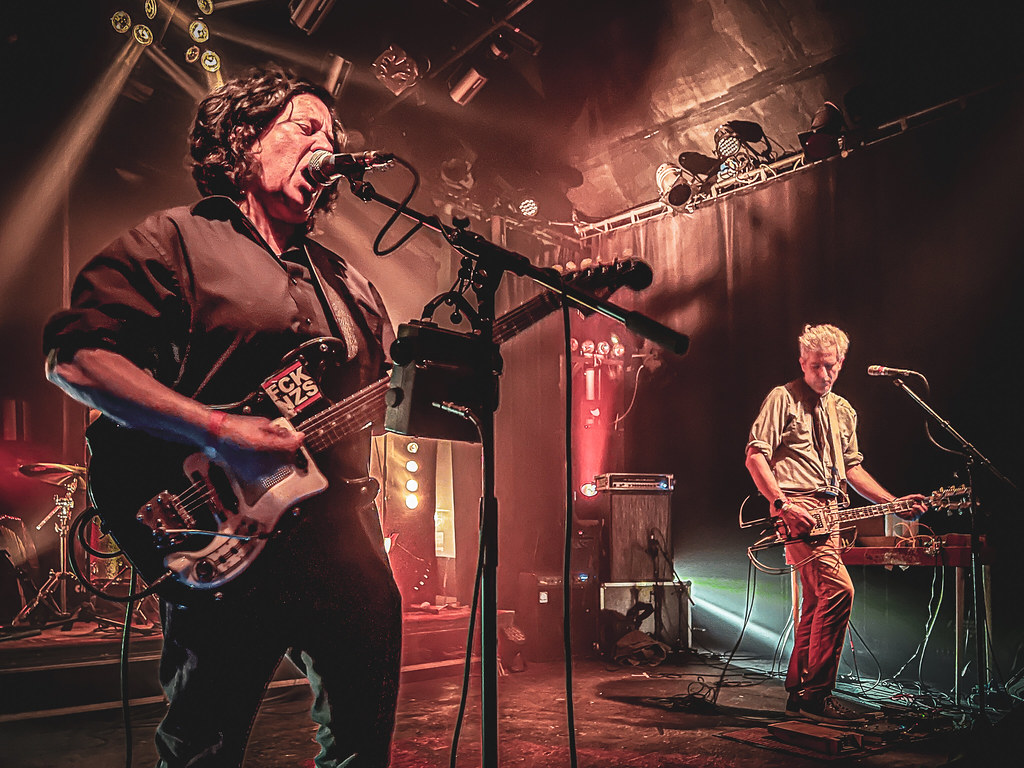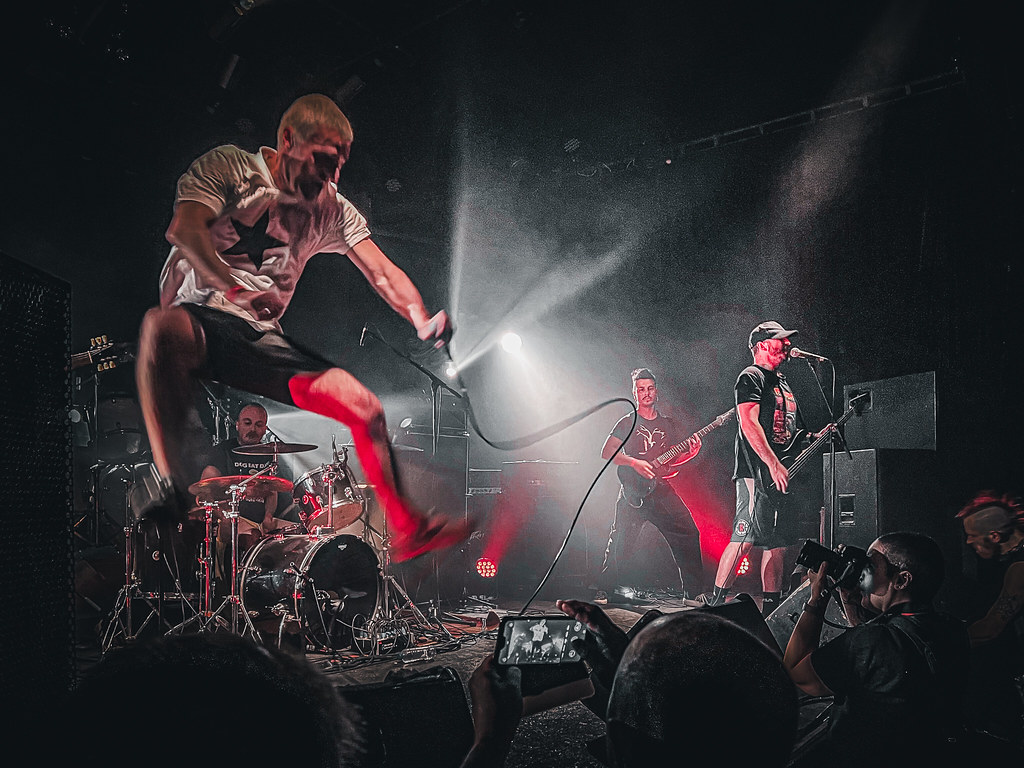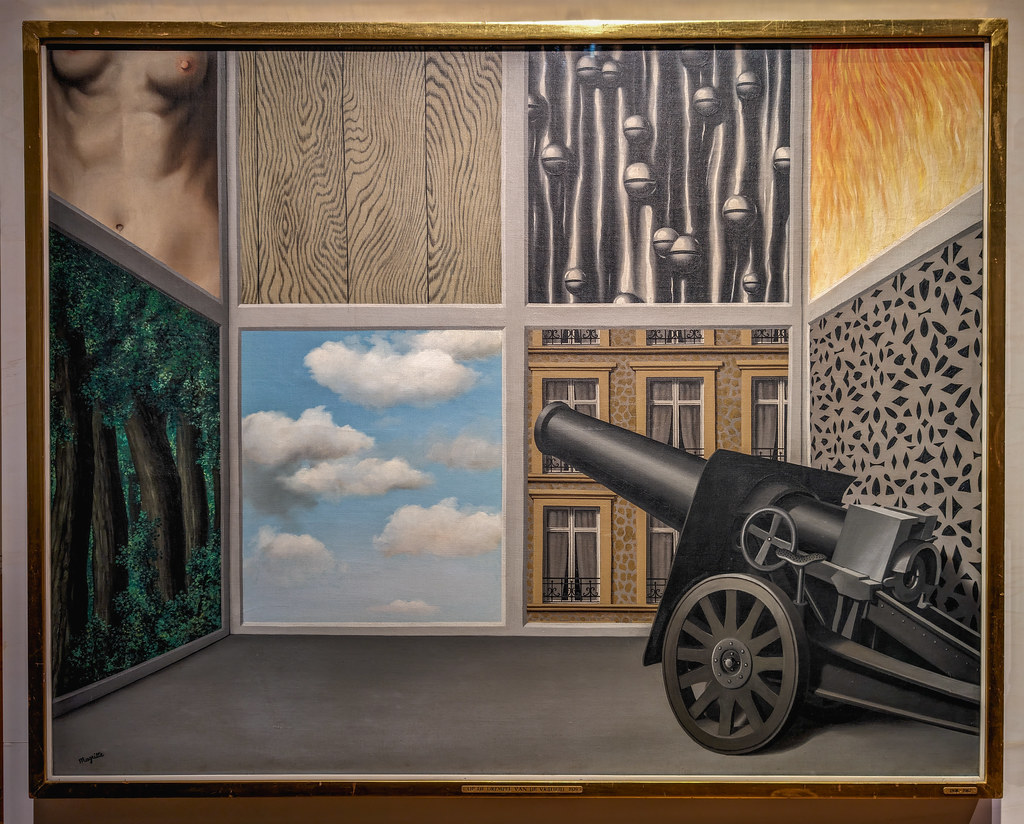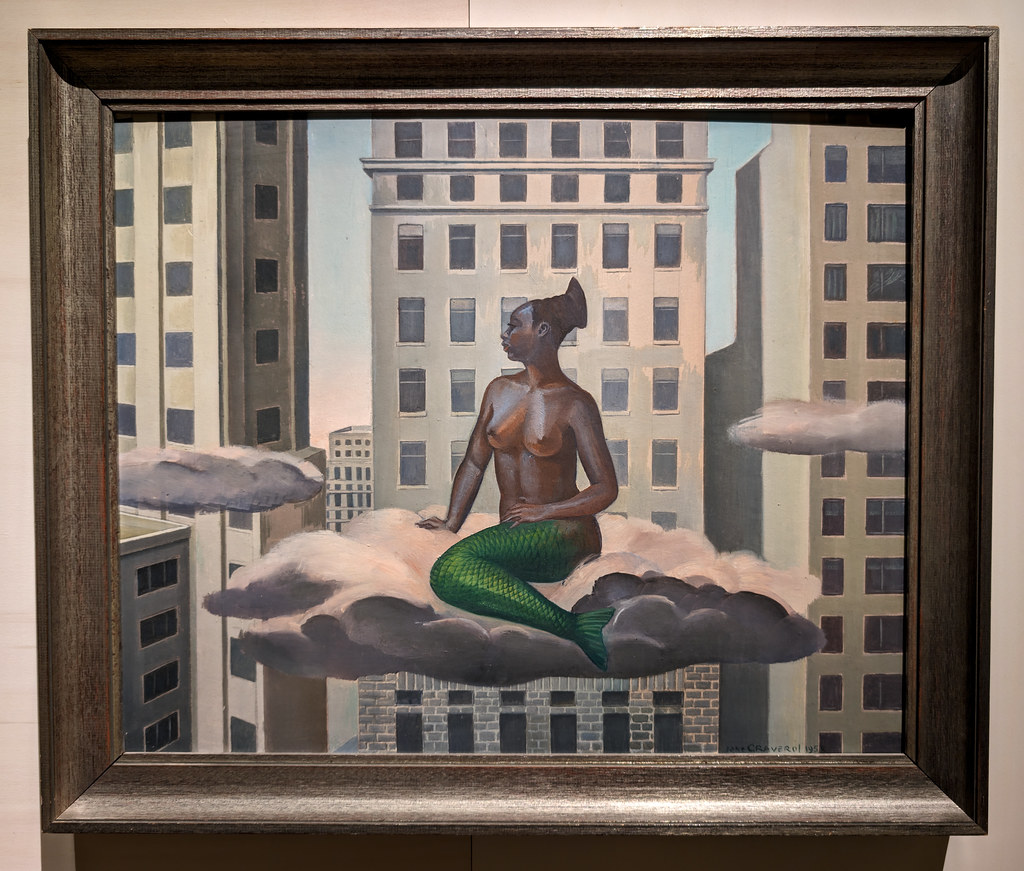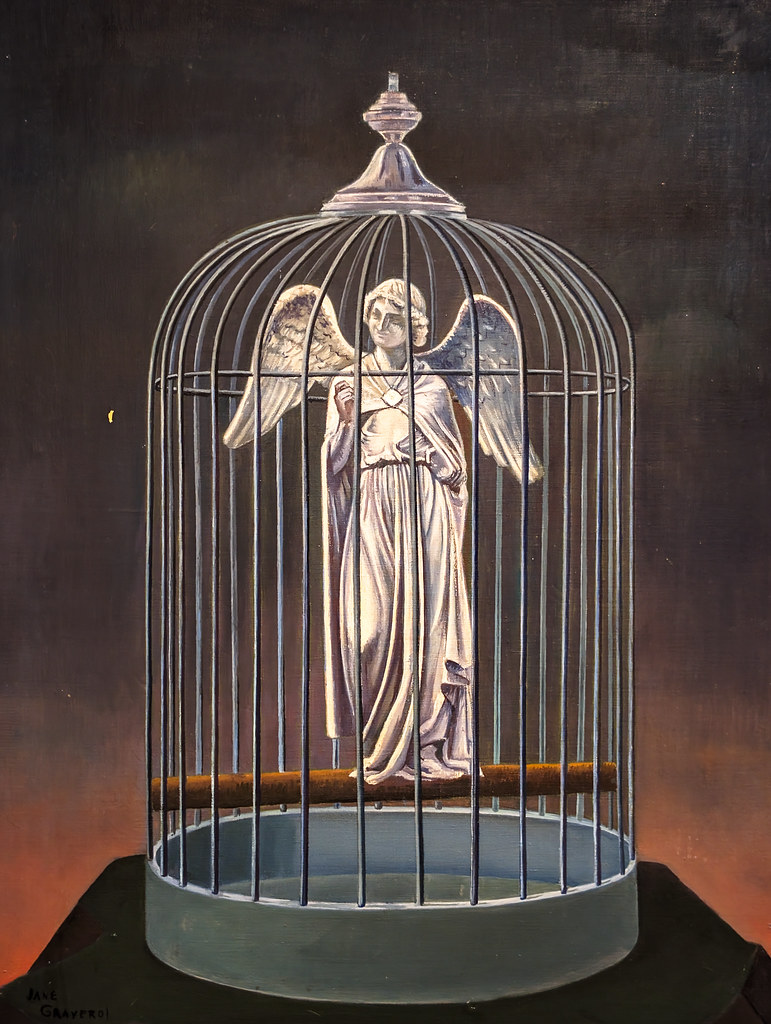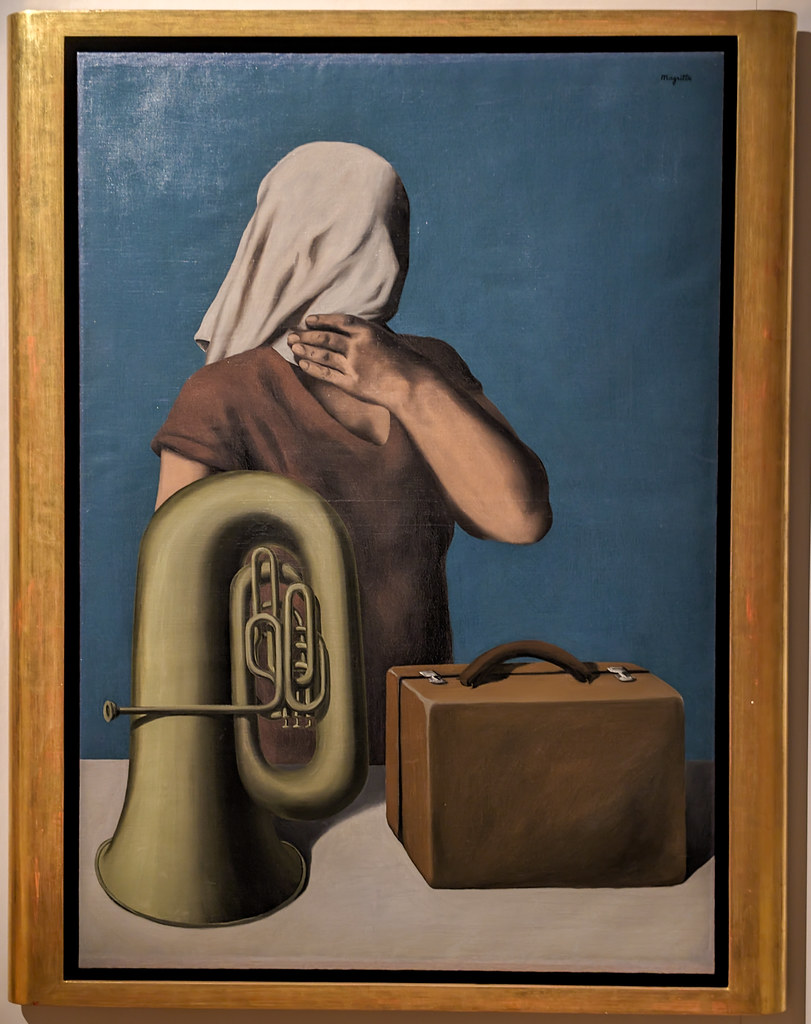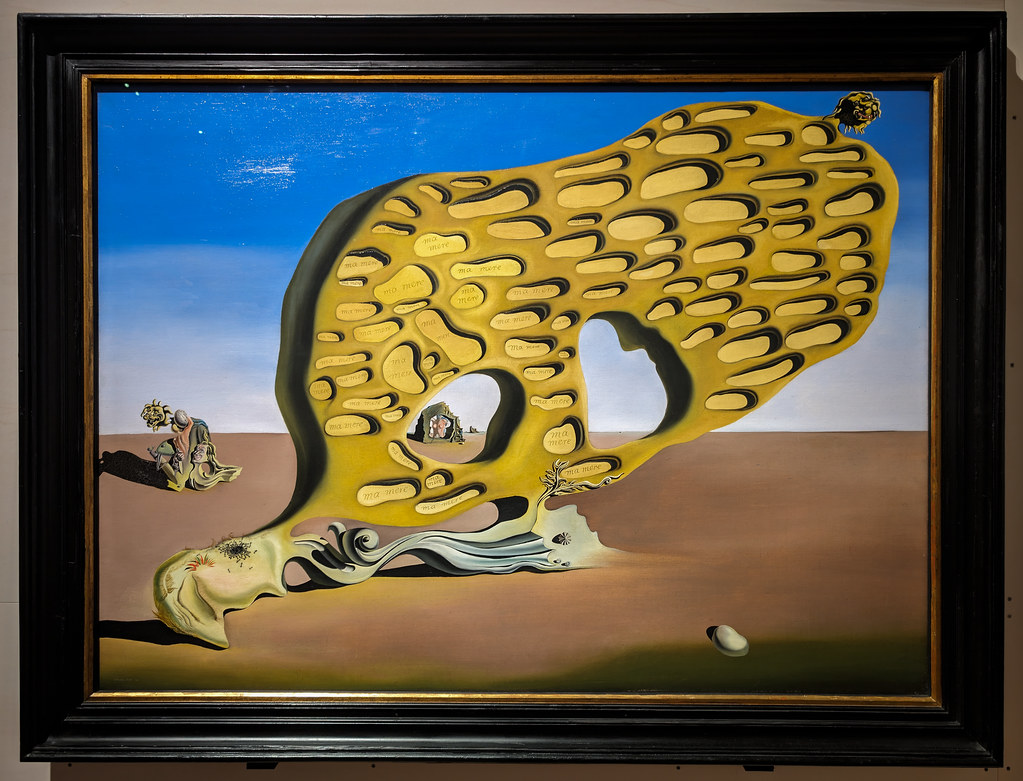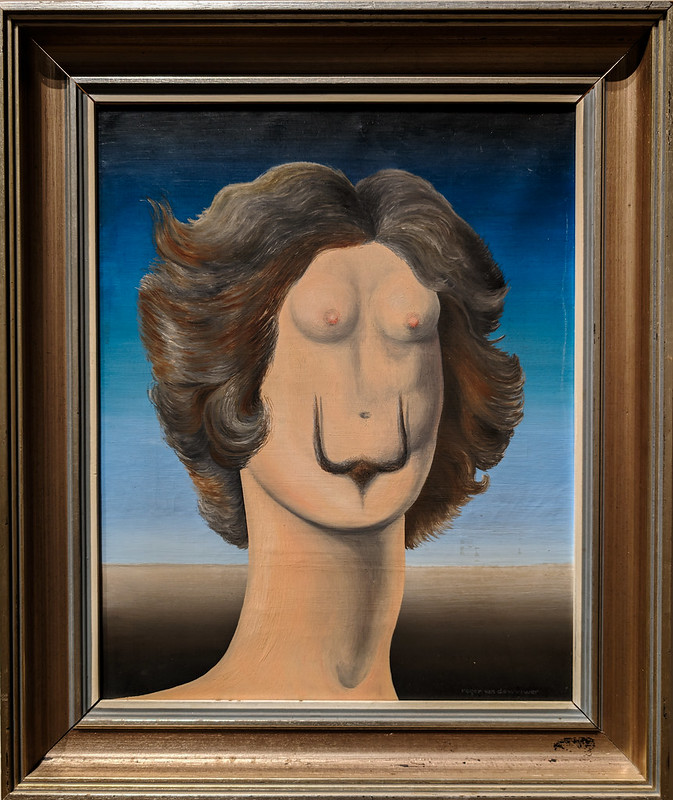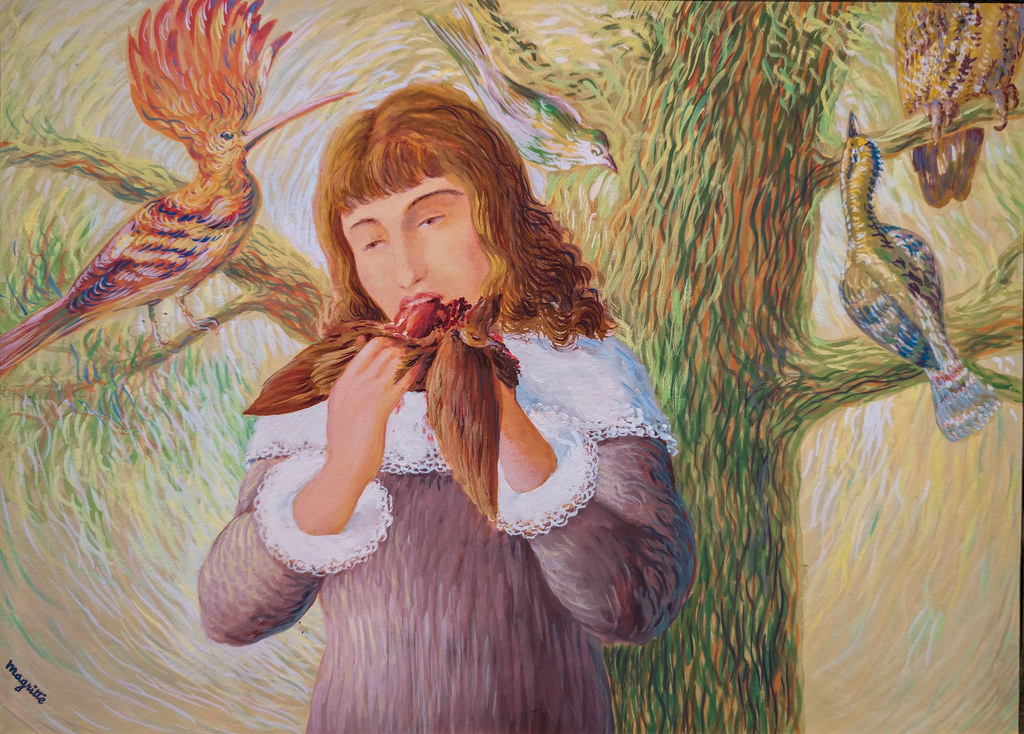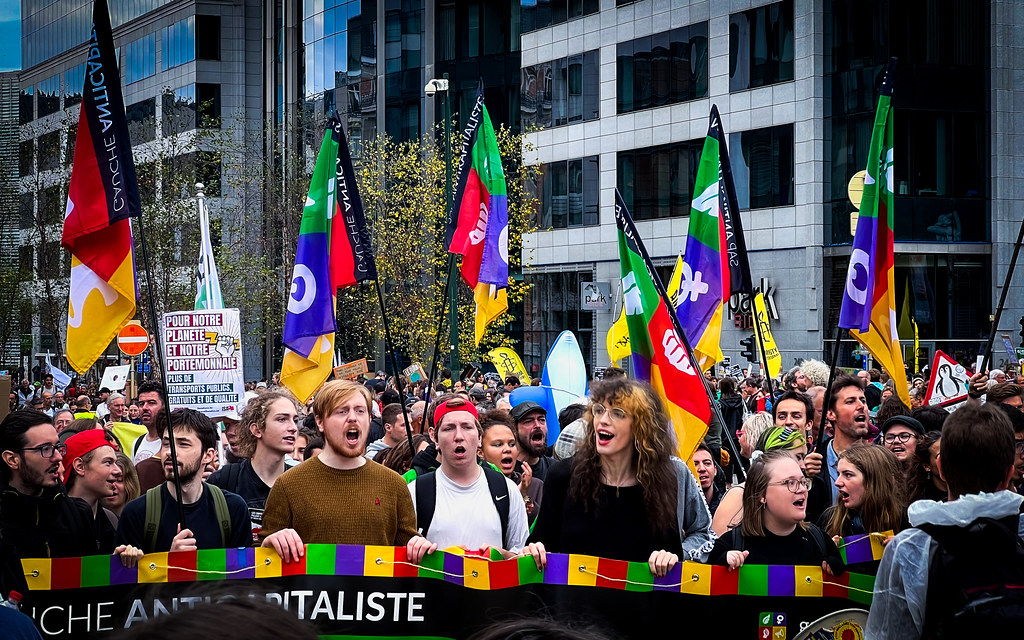Brussels’ Villa Empain is a true architectural gem, a masterpiece of Art Deco design that has stood the test of time. Originally built in the 1930s, this lavish mansion now serves as a cultural hub under the Boghossian Foundation, hosting exhibitions that bridge the past and present. The latest exhibition, “Echoes of Art Deco” perfectly encapsulates this spirit by blending historic elegance with contemporary artistic interpretations.
Stepping Into Another Era
From the moment you step inside Villa Empain, you’re surrounded by the hallmarks of Art Deco—sleek geometric lines, luxurious materials, and an unmistakable sense of grandeur.
The exhibition takes this a step further by incorporating modern pieces that either pay homage to or challenge the traditional Art Deco aesthetic.
One of the most striking features of the villa is its massive glass skylight, which floods the upper floor with natural light, illuminating the intricate details of the space. Walking along the balcony, you can’t help but appreciate the interplay of light and architecture, a signature characteristic of the era.
Then there are the furniture pieces, rich in deep colors and plush textures. From the burgundy-upholstered armchairs to the marble tabletops and finely crafted woodwork, every detail speaks of a time when design was both functional and luxurious.
The Art Deco Influence in Everyday Life
One of the most fascinating aspects of the exhibition was how Art Deco transcends time. The movement wasn’t just about architecture or high-end decor—it influenced everything from fashion and furniture to everyday objects.
A perfect example is the vintage rotary telephone, displayed with period-appropriate wallpaper. It’s a small but powerful reminder of how design trends shape even the most functional objects. Similarly, the use of polished metal accents, intricate glasswork, and bold wallpaper designs throughout the exhibition further emphasized Art Deco’s lasting influence.
The villa itself plays a huge role in reinforcing this theme. Whether it’s the ornate entryway, the marble-lined hallways, or the floor-to-ceiling windows offering stunning outdoor views, every space feels like a carefully curated tribute to the movement.
A Dream for Photographers
From a photography perspective, “Echoes of Art Deco” is a visual feast. The way light filters through the large windows, casting long shadows across the marbled floors and reflective surfaces, creates endless opportunities for capturing the perfect shot.
One of the best moments was standing in the sunlit rooms, where every detail—whether it was the polished wood furniture, the subtle glow of a stained-glass lamp, or the way the colors of the ceramics popped against neutral backdrops—felt like a painting come to life.
Each space within the villa tells a story, and this exhibition only adds another layer to its rich history and artistic legacy.
Beyond the exhibition highlights, Villa Empain itself is a masterpiece worth capturing. From its stunning architectural details to the way light and shadow play across its interiors, every corner of this space tells a story.
Here are a few more photos from my visit:
These vibrant Art Deco ceramics are a perfect example of the era’s love for bold patterns and intricate craftsmanship. From the geometric teacups to the richly decorated vases, each piece feels like a celebration of both color and form. The backdrop, with its classic Art Deco motif, makes the entire display even more striking!
The iconic swimming pool of Villa Empain is a breathtaking example of Art Deco luxury. With its sleek curves, geometric tile patterns, and perfectly symmetrical design, it embodies the era’s focus on both form and function. On a sunny day, the reflection of the sky in the water makes the setting feel almost surreal—like stepping into a glamorous scene from the past.
This collection of vintage Art Deco radios is a perfect example of how the movement extended beyond architecture and fine art into everyday life. With their bold geometric patterns, rich wood finishes, and sleek metallic details, these radios were more than just functional devices—they were design statements. Set against a backdrop of classic Art Deco wallpaper, they capture the era’s obsession with craftsmanship and modernity, blending technology with elegance.
This Underwood typewriter is a true relic of the past, embodying the craftsmanship and industrial elegance of the Art Deco era. With its sleek black frame, gold detailing, and mechanical precision, it’s a reminder of a time when even the most functional objects were designed with style in mind. Sitting against a geometric-patterned backdrop, it perfectly blends nostalgia with the bold aesthetics that defined the period.
These vintage beer advertisements for Export Vandenheuvel capture the bold, playful style of early 20th-century commercial design. With their strong geometric shapes, vivid colors, and stylized characters, they reflect the Art Deco movement’s influence beyond architecture and into everyday branding. The backdrop of classic fan-patterned wallpaper enhances the nostalgic feel, making these posters look right at home in this exhibition.
This Art Deco vanity setup is a perfect example of the movement’s signature elegance and craftsmanship. The bold geometric curves of the wooden console contrast beautifully with the intricate detailing of the wrought iron mirror frame. The rich, polished wood and the vintage rotary phone add a nostalgic touch, while the fan-patterned wallpaper ties everything together in a stunningly cohesive design. A scene straight out of the 1930s!
This elegant Art Deco sculpture perfectly captures the era’s fascination with movement, grace, and luxury. The polished bronze figure, poised with her two sleek hounds, radiates a timeless sophistication. Reflected in the mirror behind her, the piece takes on an almost cinematic quality, drawing you deeper into its world. The black-and-white treatment enhances the textures and contrasts, making the details of the marble base, flowing fabric, and delicate features stand out even more. A stunning tribute to Art Deco’s enduring allure.
This vintage gramophone is a true centerpiece of early 20th-century design, embodying the glamour and sophistication of the Art Deco era. The polished brass horn and rich wooden base contrast beautifully with the patterned wallpaper and the collection of old radios in the background. It’s easy to imagine the warm crackle of a record playing, transporting you back to a time when music was a ritual and design was all about elegance.
This striking portrait commands attention, not just for its subject but for the way it interacts with its surroundings. The deep blues and earthy tones of the painting stand in stark contrast to the bold fan-patterned Art Deco wallpaper, creating a fascinating visual tension. The subject’s intense gaze and strong posture evoke a quiet resilience, while the soft lighting enhances the contours and shadows, adding depth to the piece
Framed in a classic gold border, the artwork feels both timeless and deeply rooted in its era, blending the realism of portraiture with the stylized world of Art Deco design. The juxtaposition of textures and colors makes this piece a captivating part of the exhibition, bridging the human element with the grandeur of its decorative setting.
A perfect way to wrap up the visit—this ornate Art Deco mirror reflects not just the intricate patterns and golden accents of the space, but also the experience of being surrounded by timeless design. The bold wallpaper, the rich detailing, and the playful composition make this more than just a self-portrait—it’s a moment captured in an era where elegance and artistry were everything. A fitting final shot for an unforgettable exhibition!
Final Thoughts
Whether you’re an architecture enthusiast, a history buff, or just someone who appreciates good design, “Echoes of Art Deco” at Villa Empain is well worth a visit. It’s a reminder that great design is truly timeless, and that even decades later, the elegance of Art Deco continues to inspire.
For anyone looking to step back in time while still seeing a glimpse of the future, this exhibition delivers exactly that—a perfect fusion of past and present.

